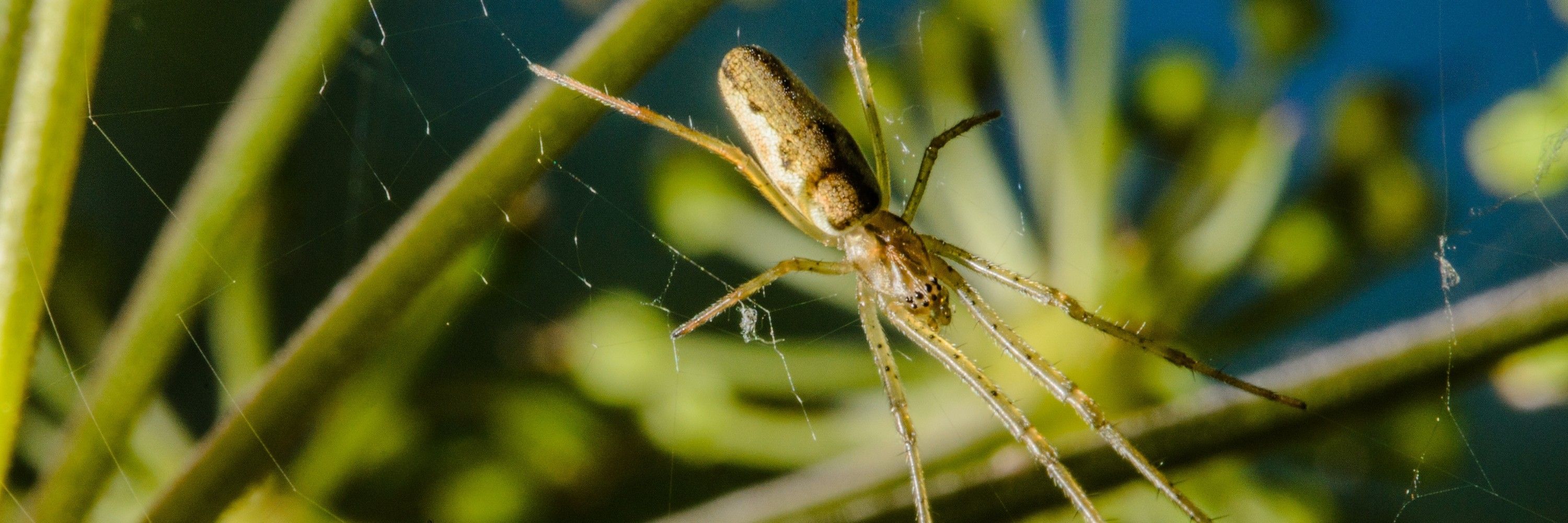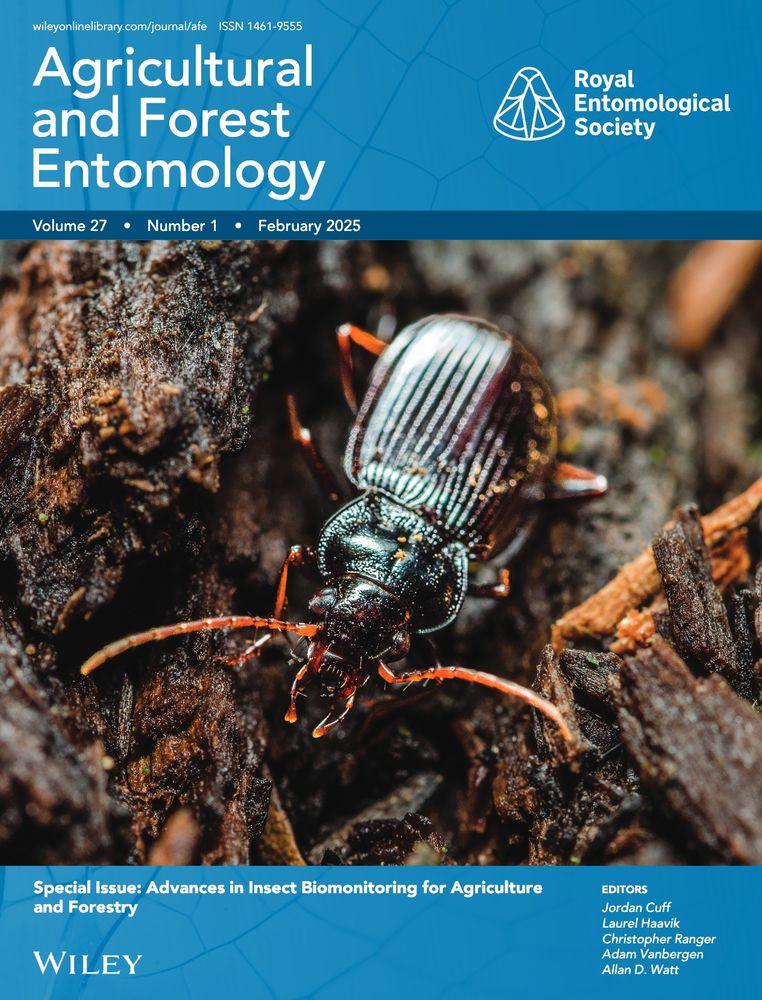
Check out the full special issue here:
resjournals.onlinelibrary.wiley.com/toc/14619563...

Check out the full special issue here:
resjournals.onlinelibrary.wiley.com/toc/14619563...
doi.org/10.1111/afe....

doi.org/10.1111/afe....
doi.org/10.1111/afe....

doi.org/10.1111/afe....
doi.org/10.1111/afe....

doi.org/10.1111/afe....
doi.org/10.1111/afe....

doi.org/10.1111/afe....
doi.org/10.1111/afe....

doi.org/10.1111/afe....
doi.org/10.1111/afe....

doi.org/10.1111/afe....
doi.org/10.1111/afe....

doi.org/10.1111/afe....
resjournals.onlinelibrary.wiley.com/doi/10.1111/...

resjournals.onlinelibrary.wiley.com/doi/10.1111/...
doi.org/10.1111/afe....

doi.org/10.1111/afe....
doi.org/10.1111/afe....

doi.org/10.1111/afe....
doi.org/10.1111/afe....

doi.org/10.1111/afe....
🌾🪲🔍🪰🌲
Explore new and upcoming advances in our ability to detect, identify and characterise insects in production systems!
resjournals.onlinelibrary.wiley.com/toc/14619563...

🌾🪲🔍🪰🌲
Explore new and upcoming advances in our ability to detect, identify and characterise insects in production systems!
resjournals.onlinelibrary.wiley.com/toc/14619563...






Prey nutrient content is associated with the trophic interactions of spiders and their prey selection under field conditions
doi.org/10.1111/oik....
I'm super excited to see this out! Read about our exciting results in the thread below: 🧵👇

Prey nutrient content is associated with the trophic interactions of spiders and their prey selection under field conditions
doi.org/10.1111/oik....
I'm super excited to see this out! Read about our exciting results in the thread below: 🧵👇


Our Nanopore MinION Mk1c sequencer has got a new best friend - a beautiful Bento Lab! A dream combo for portable molecular research! Hoping to do some cool international research trips with these and, sometime down the line, hopefully some teaching! 🧑🔬🧬🧑🏫

Our Nanopore MinION Mk1c sequencer has got a new best friend - a beautiful Bento Lab! A dream combo for portable molecular research! Hoping to do some cool international research trips with these and, sometime down the line, hopefully some teaching! 🧑🔬🧬🧑🏫
It's been a busy couple of months getting my research group, the Foraging Ecology Research Group, started at Newcastle University. Loads of exciting things to come and I'm looking forward to sharing it all on here! 🕷️🍽️🧬🕸️🪲
foragingecology.com

It's been a busy couple of months getting my research group, the Foraging Ecology Research Group, started at Newcastle University. Loads of exciting things to come and I'm looking forward to sharing it all on here! 🕷️🍽️🧬🕸️🪲
foragingecology.com

